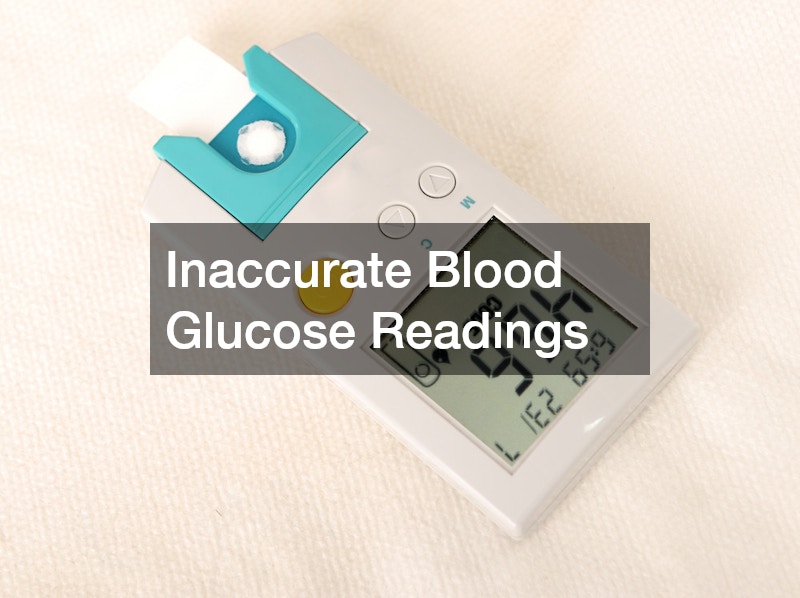For individuals managing diabetes, accurate blood glucose readings are essential to staying healthy and maintaining proper medication dosages. This is where glucose test strips play a critical role in helping people monitor their blood sugar levels. However, many may be tempted to continue using diabetic strips even after their expiration date has passed, either out of convenience or to avoid wasting supplies. While it might seem harmless, using expired glucose test strips can have serious consequences for your health.
This article will explore why expired strips should never be used and why proper storage and handling of diabetic strips are crucial for accurate readings.
The Science Behind Glucose Test Strips
Glucose test strips contain a special chemical that reacts with your blood to measure glucose levels. This chemical is an essential part of the strip’s function and helps determine whether your blood sugar is within a healthy range. However, over time, this chemical degrades, which can affect the accuracy of the reading. Expired diabetic strips may provide results that are not only incorrect but potentially dangerous, as they could lead to misinterpretations of your blood glucose levels.
The Risks of Using Expired Strips
- Inaccurate Blood Glucose Readings
The most significant risk of using expired glucose test strips is the potential for inaccurate results. The chemical reagent on the strips loses its potency after the expiration date, which can result in readings that are too high or too low. This misreading can have serious consequences. If your strip shows that your blood sugar is lower than it actually is, you may not take the necessary actions to address hypoglycemia, leading to a dangerous drop in blood sugar. Conversely, an inaccurately high reading may lead you to overcorrect and administer too much insulin, putting you at risk for hypoglycemia. - Impact on Medication Dosages
Many people with diabetes rely on precise blood glucose readings to determine their insulin doses or other diabetic medications. If you use expired strips, the inaccurate readings could lead to wrong decisions regarding your medication. For example, an inaccurate reading could lead to either an overdose or underdose of insulin, which could disrupt your blood sugar control and lead to long-term complications like nerve damage, kidney disease, and vision problems. - False Sense of Security
When using expired diabetic strips, the wrong results might lead to a false sense of security. A person might think that their blood sugar levels are stable when they are, in fact, too high or too low. This could delay the necessary medical intervention, such as adjusting diet, exercise, or medication, which is critical for managing diabetes effectively.
The Experiment: A Closer Look at Expired vs. Fresh Strips
To illustrate the problem of using expired strips, consider the difference in readings obtained from expired versus fresh test strips. In one experiment, a person tested their blood glucose over three consecutive mornings. The first morning’s results showed that the expired and unexpired strips provided the same reading. However, by the second and third mornings, the expired strips gave lower readings—seven points lower on the second morning and ten points lower on the third. This difference demonstrates how the chemical degradation in expired strips can directly impact the accuracy of your blood glucose measurement, potentially causing you to misinterpret your condition.
Why Expired Strips Don’t Work
The main reason expired glucose test strips are unreliable is due to the deterioration of the active chemical reagent. This reagent is essential for reacting with the glucose in your blood to generate an accurate reading. Over time, the chemical compound can lose its effectiveness, making it less able to react properly with your blood. As a result, you may get false readings, whether they show a higher or lower glucose level.
The expiration date printed on the container of diabetic strips is a crucial guide. The manufacturer determines this date based on when they expect the chemical reagent to stop working as intended. Using strips past this date means relying on a product that no longer performs as it was designed, leading to inaccurate results.
How to Properly Store Diabetic Strips
Proper storage of your glucose test strips can help maintain their accuracy and effectiveness. Here are some tips for ensuring your diabetic strips remain in good condition:
- Avoid Exposure to Light
The chemical reagent in test strips is sensitive to light. Exposure to light can accelerate the degradation process, which is why it’s important to quickly close the container after removing a strip. Keeping the container tightly sealed will help minimize exposure and preserve the chemical’s effectiveness. - Store in a Cool, Dry Place
Test strips should be kept at room temperature, not in places where they might be exposed to extreme heat or cold. Humidity and temperature fluctuations can negatively impact the strips, leading to inaccurate results. Always store them in a dry place to prevent moisture from affecting the strips. - Check the Expiration Date Regularly
Make it a habit to check the expiration date on the test strip container before using them. If the strips are close to expiring or have already expired, dispose of them and purchase a new supply. Most test strips have a shelf life of about six months after opening, so it’s important to monitor the expiration dates and replace strips when necessary.
Conclusion
While it may seem convenient or cost-effective to use expired glucose test strips, doing so can have serious consequences. Expired strips can lead to inaccurate readings, which can impact your blood glucose management and medication dosages. For those managing diabetes, it’s crucial to rely on accurate, up-to-date information to make informed decisions about diet, insulin, and other aspects of care. By properly storing your diabetic strips and disposing of expired ones, you can ensure that you’re always working with the most reliable data available for managing your health. Never risk your health by using expired strips—always check the expiration date, store them correctly, and use fresh strips for the most accurate results.
.


